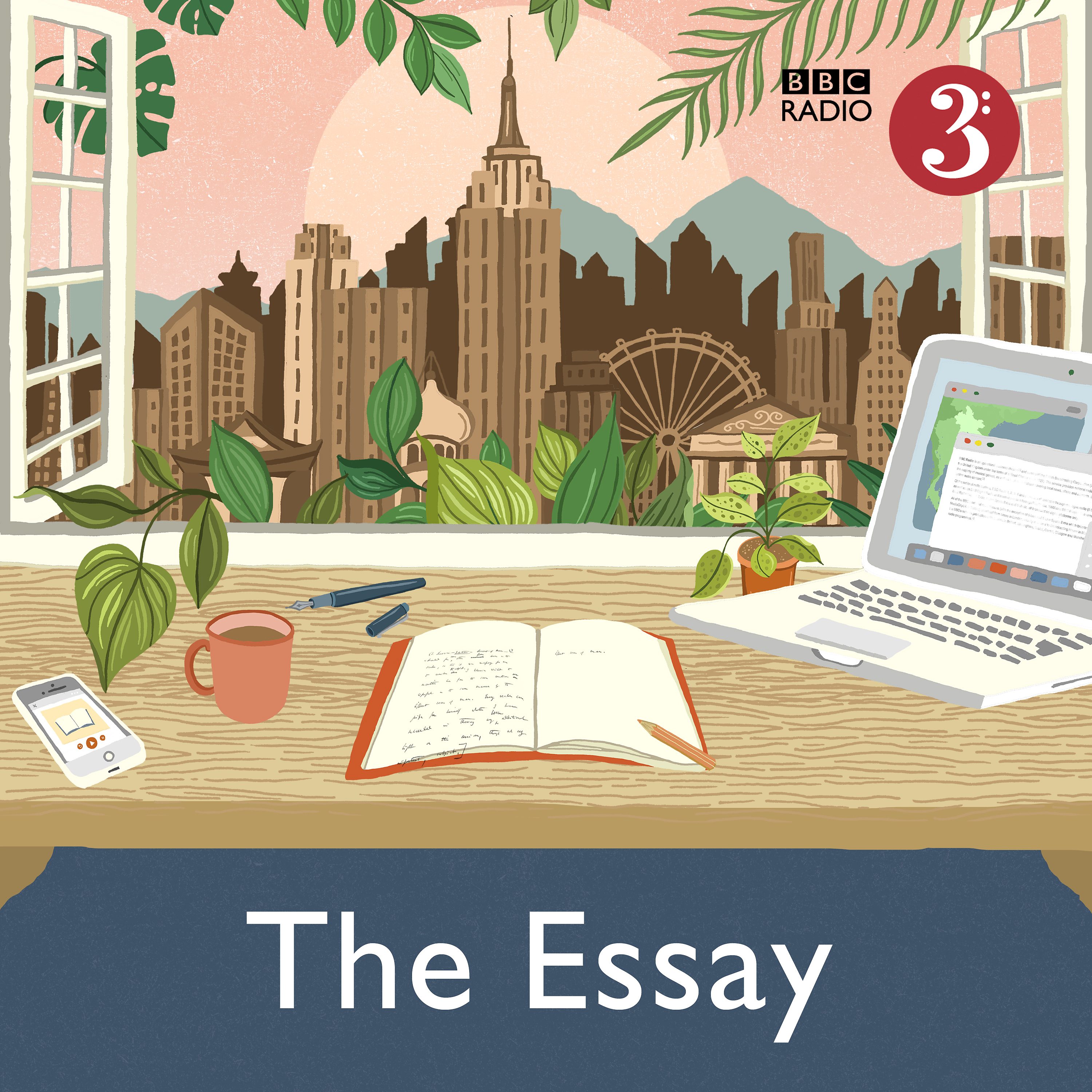- Culture
- SEE MORE
- classical
- general
- talk
- News
- Family
- Bürgerfunk
- pop
- Islam
- soul
- jazz
- Comedy
- humor
- wissenschaft
- opera
- baroque
- gesellschaft
- theater
- Local
- alternative
- electro
- rock
- rap
- lifestyle
- Music
- como
- RNE
- ballads
- greek
- Buddhism
- deportes
- christian
- Technology
- piano
- djs
- Dance
- dutch
- flamenco
- social
- hope
- christian rock
- academia
- afrique
- Business
- musique
- ελληνική-μουσική
- religion
- World radio
- Zarzuela
- travel
- World
- NFL
- media
- Art
- public
- Sports
- Gospel
- st.
- baptist
- Leisure
- Kids & Family
- musical
- club
- Health & Fitness
- True Crime
- Fiction
- children
- Society & Culture
- TV & Film
- gold
- kunst
- música
- gay
- Natural
- a
- francais
- bach
- economics
- kultur
- evangelical
- tech
- Opinion
- Government
- gaming
- College
- technik
- History
- Jesus
- Health
- movies
- radio
- services
- Church
- podcast
- Education
- international
- Transportation
- Other
- kids
- podcasts
- philadelphia
- Noticias
- love
- sport
- Salud
- film
- and
- 4chan
- Disco
- Stories
- fashion
- Arts
- interviews
- hardstyle
- entertainment
- humour
- medieval
- literature
- alma
- Cultura
- video
- TV
- Science
- en
Pavlova

b"
Essay 4: Pavlova
A new series of essays written and read by the very popular Fiona Stafford, Professor of Literature at Somerville College, Oxford, following her much praised series of essays The Meaning of Trees and Composers and their Dogs. Here Fiona explores some of the world\\u2019s favourite puddings, all of which have surprising stories and have become symbols far beyond the pudding bowl.
Pavlova is a much-disputed national symbol claimed by rival neighbours. A crisp meringue with whipped cream and fruit, it has become a source of pride and national identity for New Zealand and Australia; both claim its creation with disputed historical citations. For both it is their Christmas dessert. But the pavlova symbolises the re-writing of history. Actually, it\\u2019s a 1700s Austrian Habsburger dessert, long before ballerina Pavlova's 1926 Australian tour (a story of celebrity hysteria) supposedly inspired it. The USA documented an almost identical dessert in 1896 with another name. Thus Australia or New Zealand can only claim to have renamed it. Key ingredient: egg white. We explore its amazing properties and health benefits. Addressing a pavlova is like looking into a huge cloud at sunset, the surface bright with warm colours (strawberries, passion fruit); breaking it open reveals the white fluffy interior one expects (whipped cream). No wonder the world recognises and loves this pudding.
Producer \\u2013 Turan Ali\\nA Bona Broadcasting production for BBC Radio 3
"